Some green home improvements make more practical and financial sense than others. The upfront cost is always an understandable concern. However, many green home upgrades will eventually pay for themselves through long-term cost savings and increased resale value of your home. Other eco-friendly updates may never justify the upfront cost of investment, however they can still pay you back “in kind”, through an improved home comfort and enjoyment factor. Let’s explore.
1. Energy Efficient Windows: Double Pane, Low-E, Inert Gas filled, Vinyl and Fiberglass Windows
Windows and loose or poorly insulated window frames are among the biggest culprits in creating high energy bills due to cold air drafts. But no one wants to live in a house without windows.
Double pane, Low-E (low emissivity glass), and inert gas-filled (Argon or Krypton gas for better insulation) windows are one solution; they will retain room heat in the winter and prevent heat gain in the summer. These types of windows can help save hundreds of dollars in home heating and cooling costs annually, meaning that eventually they should pay for themselves, while also increasing the resale value of your property by about 70% to 80% of their upfront cost.
At the same time, the double panes will keep your house bright and sunny. And a little quieter as well – the extra layer of glass helps prevent outside noises from penetrating the windows.
Credits Harvey Building Products
Double-Pane Vinyl and Fiberglass Windows Cost: Most average-sized double-pane Low-E (more costly) vinyl windows will cost between $500 and $750 per window installed, and between $600 and $900 for mid-range fiberglass windows installed.
All else being equal, more premium, durable, and longer-lasting fiberglass windows will cost a few hundred dollar more per window than vinyl.
There is more to double pane windows than two pieces of glass. Low-E glass filled with argon gas provides the ultimate in insulation over a single-pane window. Expect to pay about $40 extra for such an energy-efficient window.
But more is not always better when it comes to window panes. Triple panes can be a help in the harshest climates, but they can sometimes come at a cost of reduced clarity in looking onto the world outside.
2. Green, Energy Efficient Wood Frame Windows
The frames your windows live in are opportunities for a green-minded remodeler. Wood offers the best insulation but may deteriorate prematurely in a rainy climate. Plus, they may need a new coat of paint every decade or so.
If that means latex paint, that will douse your interior air with a bucket of noxious petrochemicals (there is a reason paint requires special disposal techniques).
Eco-safe paints are getting better every year with more durability and a wider variety of people-pleasing colors. And they are less costly at the cash register as well.
In terms of energy-efficiency, upper mid-range to high-end aluminum cladding wooden-frame windows like Pella Lifestyle series feature dual and triple-pane glass filled with inert gas in between the window panes for superior energy efficiency.
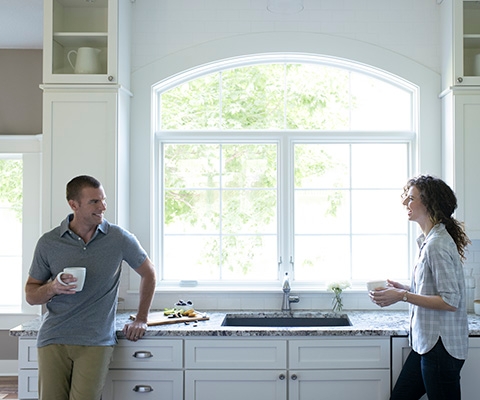 Credits: Pella
Credits: Pella
It is hard to beat the look of authentic wood on windows and that preference can trump green tendencies when it comes to alternatives such as vinyl or aluminum.
Wood Frame Windows Cost: High-end wood widows such as Pella Lifestyle series windows will cost between $800 and $1,000 per window not including the cost of installation. With professional installation, the total cost can range between $1,200 and $1,600 per wood-frame window.
3. Green Flooring
Bamboo: Options abound in the selection of Eco-friendly flooring. Sustainable wood choices like bamboo (actually a grass) make attractive flooring substitutes to the traditional oak and maple floors. No one likes to cut down trees unnecessarily, which is why bamboo is considered a sustainable alternative to traditional wood floors.
Bamboo Flooring Cost: The national average cost to install bamboo flooring can range from $5.00 to $15.00 per square foot installed for a typical job.
Reclaimed Wood Floors: Eco-friendly wood flooring is also available in the form of reclaimed wood that spent its previous life as barn siding or kitchen cabinets.
Credits: TNwoodflooring.com
Reclaimed Wood Flooring Cost: This wood lends a unique look to your flooring but expect to pay from $10.00 to $20.00 per square foot for your one-of-a-kind reclaimed wood flooring installed.
Cork Flooring is an Eco-friendly alternative to wood flooring. Ground-up bottle-stoppers are reformulated for flooring that is warm, lasts for generations, and great is for spills from little kids.
Credits: WayFair
Cork Flooring Cost: Compared to reclaimed wood, cork flooring is a significantly less costly, albeit not as stylish, economical alternative. Expect to pay from $5.00 to $14.00 per square foot of cork flooring installed.
And while you are making over your flooring, do not overlook the plywood underlayment – choose plywood that employs soy-based adhesives rather than traditional urea-formaldehyde. Your home environment will immediately become healthier without the toxins that adhesive leaks into the interior air. A 3/4-inch-thick sheet of 4 x 8-foot formaldehyde-free, soy-based assembled plywood will run about $50.
4. Decks: Green Flooring for Outdoors
Composite Decks: Don’t forget to go Eco-friendly outside as well as in. Composite decks formed from wood waste and recycled plastic will outlast pressure-treated wood, will never need staining and preserving, will clean easily, will not crack, and will never leave a splinter in your toe!
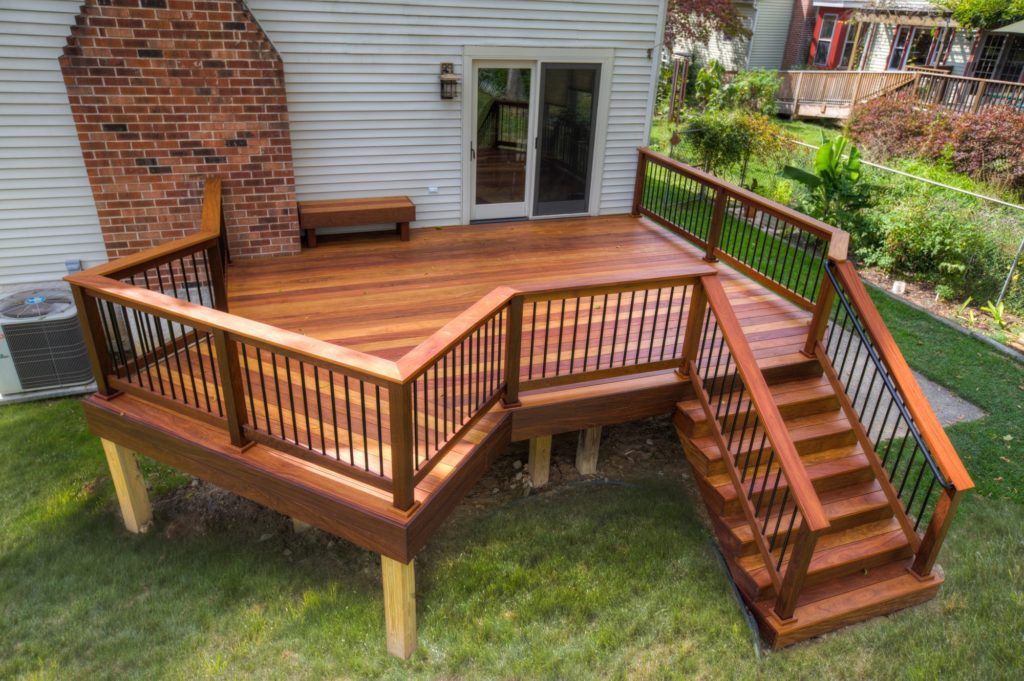
Cumaru Hardwood Decking – approx. 275 sq.ft. deck costing between $18,000 to $24,000, depending on options
Credits: PAdeckbuilder.com
A Pressure-treated (PT) Wood Deck Cost: The downside will be the upfront costs, but expect future buyers to look kindly on that long-lasting, maintenance-free outdoor space. A pressure-treated wood deck typically clocks in at around $15 to $18 per square foot installed.
Note that Cedar and Redwood decks will cost between $20 and $30 per square foot installed.
Composite Deck Cost: Decks fabricated from composite materials cost between $45 and $55 per square foot installed.
Note:
24hplans has team of highly trained, professional architects and drafters who can prepare any kind of site plan in the shortest amount of time possible, so that you can easily obtain a local building permit to build a new deck and get on with your project as quickly as possible. Use the promotion code: 24hplans-20off to get a 20% discount off any package. — Please note this is a limited time offer, exclusive to the readers of our blog. This offer is not being advertised anywhere else.
5. Cool Roofs: Liquid Roof Coatings and EPDM, PVC, and TPO Cool Roof Membranes
Dark roofs make houses hotter, light roofs make houses cooler. To achieve high-energy efficiency benefits companies specializing in liquid roof coatings can coat your existing roof with waterproof solar-reflective materials. Liquid roof coating can be applied like paint, sprayed directly onto the clean surface of an existing roof.
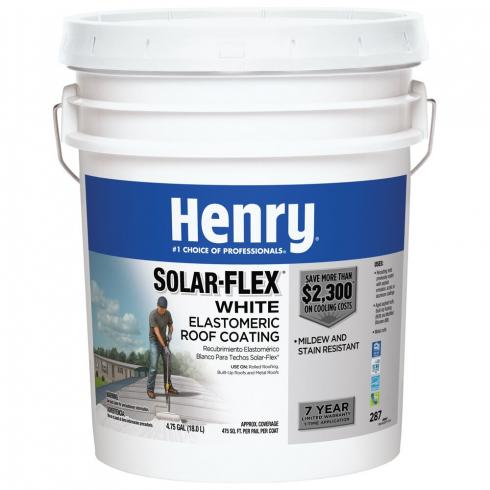 Credits: Henry.com
Credits: Henry.com
Cost of Energy Star rated Liquid Roof Coatings: Expect to pay anywhere from a few to several thousands of dollars to properly apply liquid roof coating. You should know that most liquid roof coatings are only suitable for durable membrane-based flat roofs and aging metal roofs. On a per square foot basis, liquid roof costs can range from $5.50 to $12.00 per square foot installed, depending on the project scope, roof accessibility, type of roof coating used, and other factors.
Credits: RoofingCalc.com
If you have a flat or low-slope roof that is starting to show the signs of age and may thus require replacement soon, then consider installing one of the following membranes: white, energy-efficient PVC and TPO membranes, or white EPDM rubber roof.
Cost of Cool Roof Membranes: Expect to pay from $6.50 to $10.00 per square foot for Cool EPDM rubber membrane installed. PVC and TPO hot-air welded membrane roofs will cost between $7.50 and $12.50 per square foot installed.
6. Metal Roofing
Credits: TrueGreenRoofing.com
Today’s metal roofs have come a long way from the tin shacks of yore. Modern metal roofs are as likely to look like cedar shakes or clay tiles or asphalt shingles as sheet metal. A metal roof won’t blow off in hurricane-force winds and is fireproof, making it a strong candidate for use in fire-prone areas.
Metal roofs will cost more to purchase and install than traditional asphalt roofs, but they will still be on the job half a century from now, while two or three asphalt roofs are clogging landfills. 😉
Metal Shingles Roof Cost: Expect a metal roof comprised of interlocking shingles, shakes, or tiles, to run around $3.50 to $5.50 per roof square foot for materials including trim. With the installation, a metal shingles roof will cost between $8.50 and $12.50 per square foot.
Standing Seam Cost: The materials for Galvalume or aluminum standing seam will cost about $4.00 to $6.00 per square foot including trim. With the installation, a new standing seam metal roof will cost between $10.00 and $16.50 per square foot installed.
During winter, an energy efficient metal roof, such as standing seam or metal shingles will help shed snow off the roof before it has a chance to accumulate and form an ice dam.
Standing seam can be an energy-smart and elegant alternative to heat cables and roof rakes commonly employed for dealing with ice dams.
7. Spray Foam Insulation
Seal and insulate, air seal, and insulate, seal, insulate, and ventilate. That is the manta of energy-efficiency, but green-minded homeowners can take this basic Eco-friendly chore one step beyond.
Credits: SebringDesignBuild.com
Spray foam insulation or traditional batting insulation is loaded with chemicals. Soy foam works the same insulating magic without the environmental downsides.
Spray Foam Insulation Cost: Home insulation is where the true green converts are separated from the wanna-bes. Closed-cell spray foam (SPF) is a pricey insulation option, costing between $1.00 and $2.50 per square board foot installed. On average, most homeowners pay between $1,500 and $3,000 for a typical closed spray foam insulation upgrade.
Soy foam will work as well as cheaper and more readily available fiberglass-based batting insulation, but not so much better that it will be a boon to your pocketbook in the long run. You won’t recoup the costs of hidden soy insulation at resale. This is one financial bullet you will be taking for the good of the planet. 😉
8. High-Efficiency Toilets
Credits: Kohler.com
In many parts of the country water use can no longer be taken for granted. Toilets are our biggest water slurpers, accounting for about one-third of the typical water use in a home.
The obvious answer is a toilet upgrade to a so-called high-efficiency toilet. These models – either single-flush, dual-flush or pressure-assist – sip an average of 1.6 gallons per flush as opposed to 7 gallons for the old-fashioned commode. But can you afford it?
High-efficiency Toilet Cost: A new high-efficiency toilet will cost between $200 and $300, without the installation. With professional installation, your total cost to install a low-flow toilet can range between $400 and $700. An average family will realize about $20 in water savings per year so it will require 10 to 12 years of operation to pay for itself. Of course, tens of thousands of gallons of water will be conserved in that decade.
And if you live in a rural area and draw water from a well you can factor in reduced waste flowing into septic systems, reduced strain on your well’s pump and lower electrical usage. Ergo, the high-efficiency toilet will cover its cost that much faster. And some public utilities will reward your conservation of water with rebates.
9. Solar Water Heater
Credits: ASES.org
Solar Thermal Panels System Cost: The calculus of up-front costs and payback periods is really at the forefront of the decision to install a solar water heater. The environmental benefits are obvious and so are those utility bill savings – up to 80%. But the installation costs will start at between $4,000 and $6,000 for a passive solar hot water system designed for moderate to worm climates (before the 26% solar investment tax credits) and continue upwards of $9,000 to $12,000 for an active solar hot water system for colder climates (before the 26% solar investment tax credits). Your climate matters – the payback period will range from four years in sunny Brazil to more than 18 years in overcast Great Britain (12.6 years in the United States).
10. Geothermal Heat Pumps
Credits: Earthrivergeothermal.com
The sun is not the only source of renewable energy; the ground is waiting to be tapped as well. Temperatures under the earth’s surface are warmer than the air above in winter (that’s why animals hibernate in burrows) and cooler than the air in the summer (think of caves).
GeoExchange systems have been used since the late 1940s to take advantage of the constant underground temperatures, using a pump and pipe loops to switch out the air temperature in a house with warmer or cooler air, as necessary.
After the initial installation (between $20,000 and $30,000 for a 2,500-square foot home), Energy.gov estimates that the energy cost savings will pay for a geothermal heat pump system in 5 to 10 years.
Inside components will have a 25-year lifespan and the ground loop is expected to last over 50 years – long enough to add significant value to your home at resale. Geothermal heat pumps are installed in the United States at the rate of 50,000 units per year.
11. PV Solar Power
Solar Panels System Cost: Back in 2010, you would pay as much as $8 to $10 per watt of solar power, but today the cost of installing PV solar panels has decreased to an average of $2.50 to $3.50 per watt installed, thanks to the advancements in technology and economies of scales.
With generous rebates from local and federal government, investing in solar power system for your home can be a wise investment, with an 8-year average payback period for grid-tied residential solar power systems.
Note:
24hplans has team of highly trained, professional architects and drafters who can prepare any kind of site plan in the shortest amount of time possible, so that you can easily obtain that building permit and get on with your project. Use the promotion code: 24hplans-20off to get a 20% discount off any package. — Please note this is a limited time offer, exclusive to the readers of our blog. This offer is not being advertised anywhere else.

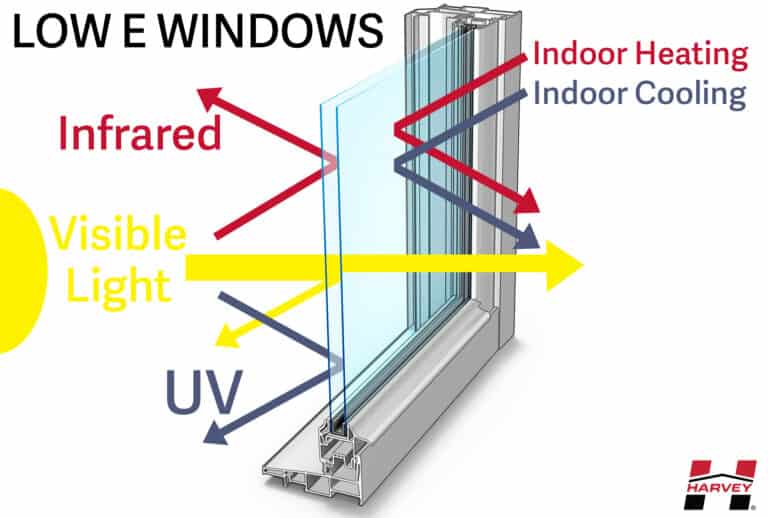

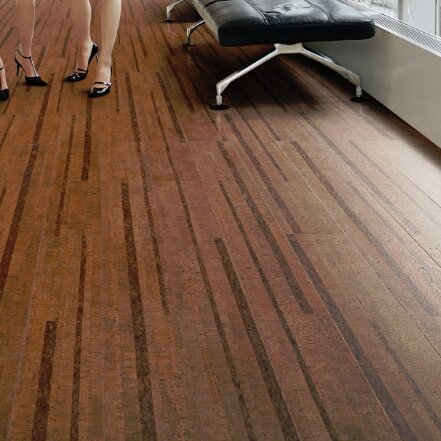
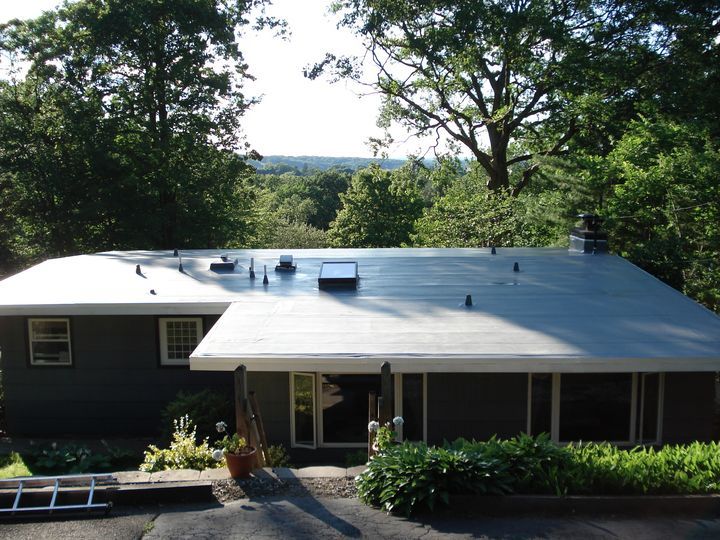
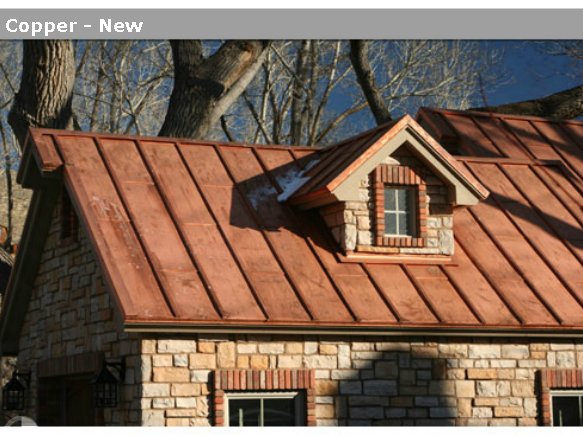

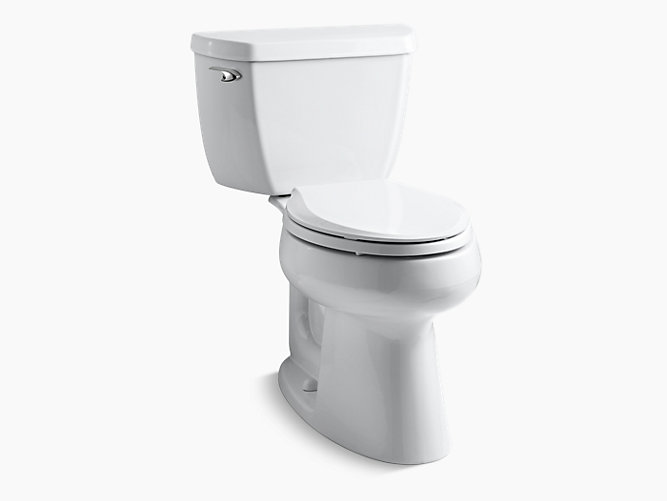

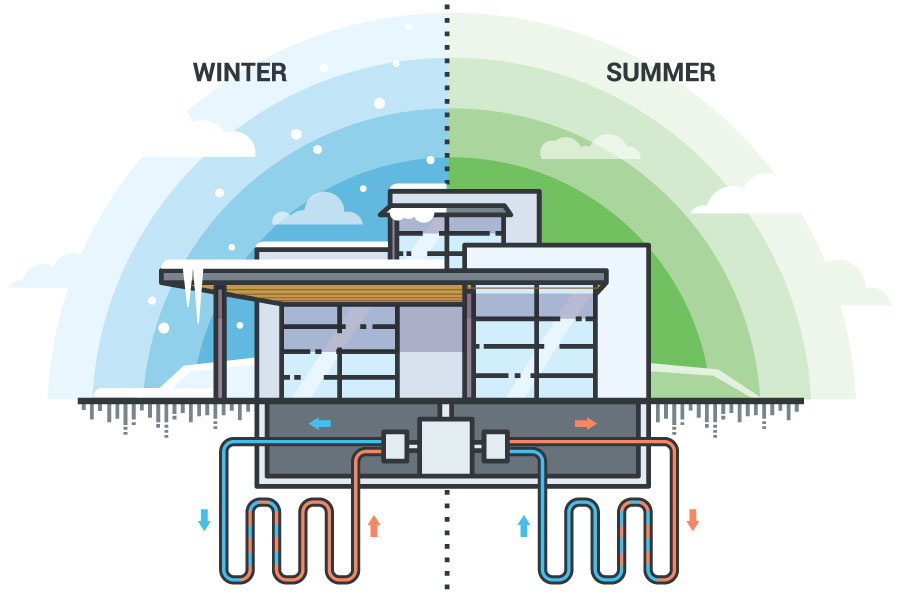
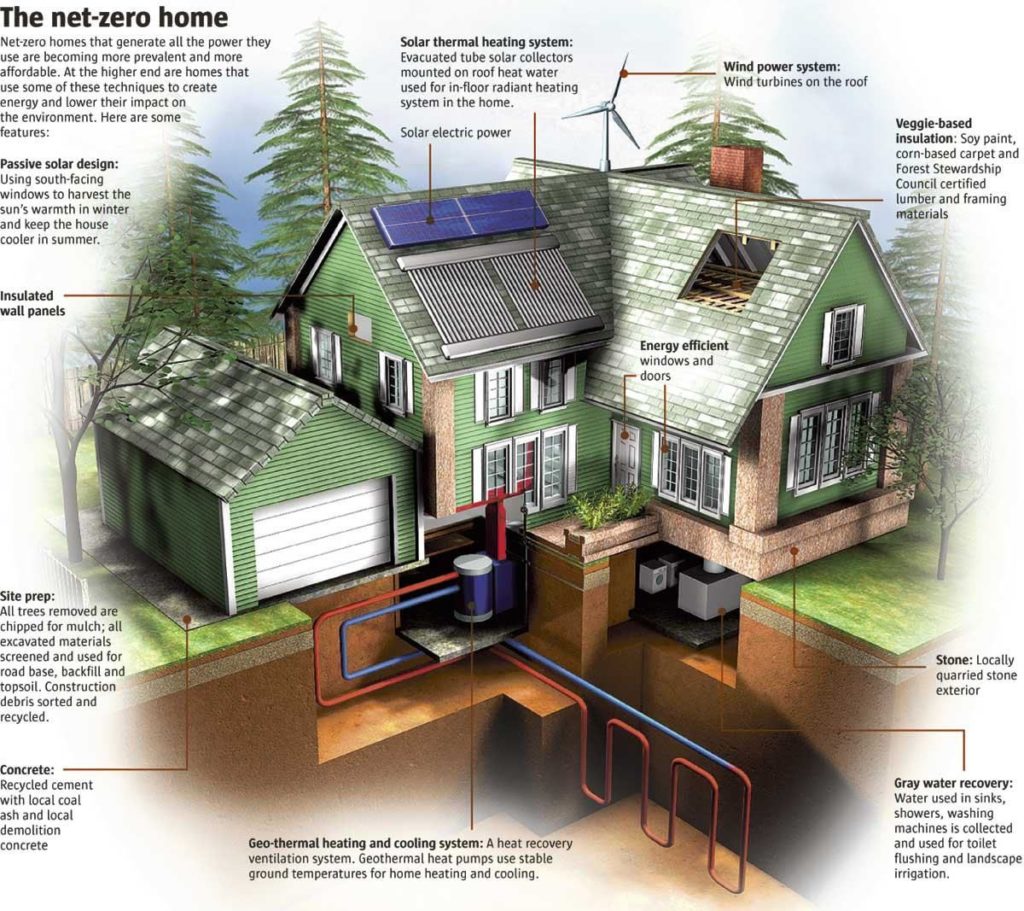






Leave A Comment